I promised in the article about antiquing techniques that I will come back to them in separate articles. I will start in what I consider to be a logical order, namely with preparing the wood before applying finishing materials. This is when the signs of time and long use are reproduced on the wood to make the object look as much like a genuine old one as possible.
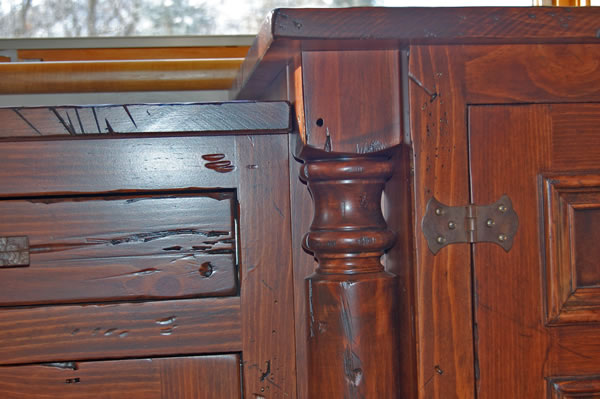
photo source: fourcornerscabinetery.com
Preliminary operations
The wooden objects that can be antiqued are diverse: mobile, grinzi, floors, stairs, doors, window, wainscoting. In order to achieve the most authentic effect it is a good idea to analyze the signs of ageing on old wooden objects before starting work. Observe how, where and why they have appeared.
The first step in this process is white sanding. Even if we are going to 'ruin' them, they still need to be prepared in order to best control the antiquing process. Then the marks to be made are identified and tools required.
Main ways to artificially age wood
Cutting edges and rounding corners. Old furniture doesn't have straight corners. Even if it once had, they've faded over time. The same thing happens to the edges. Sanding is done with coarser sandpaper, by hand or with a sander, then sand with finer sandpaper (280-320) so that the surface doesn't remain rough. For a pattern with more damaged edges, you can use a pile or rasp to accentuate the effect. Chisels of various sizes can also be used. Fine sanding is necessary after all these operations. Everything should look as natural and authentic as possible.
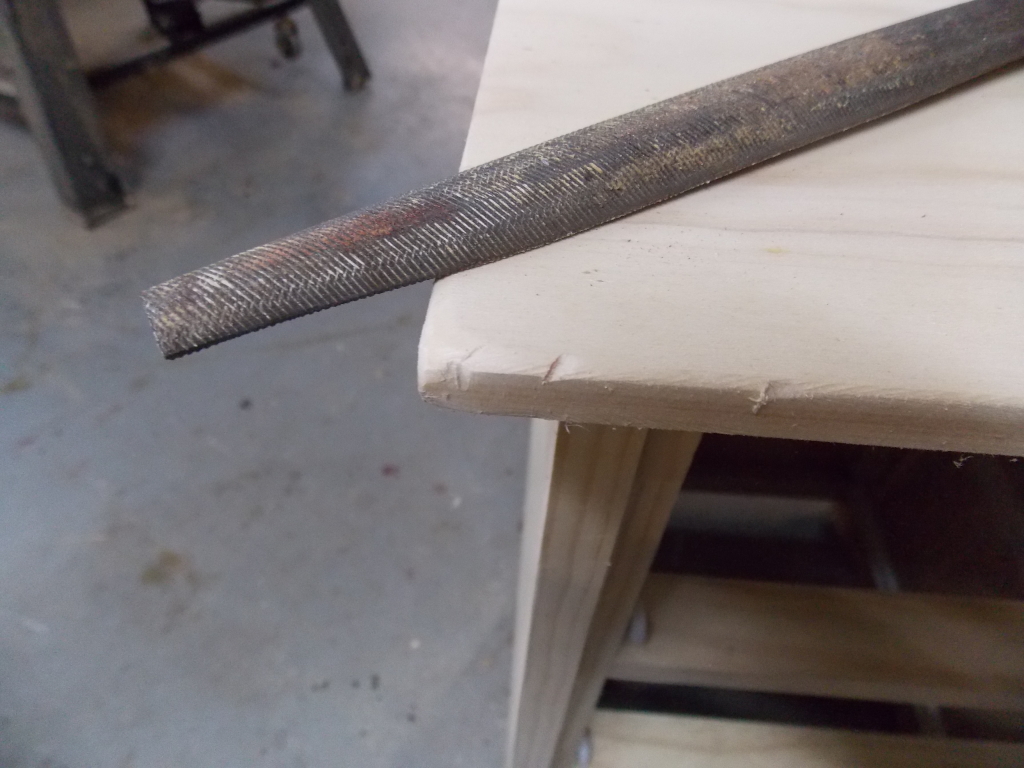
photo source: blog.minwax.com
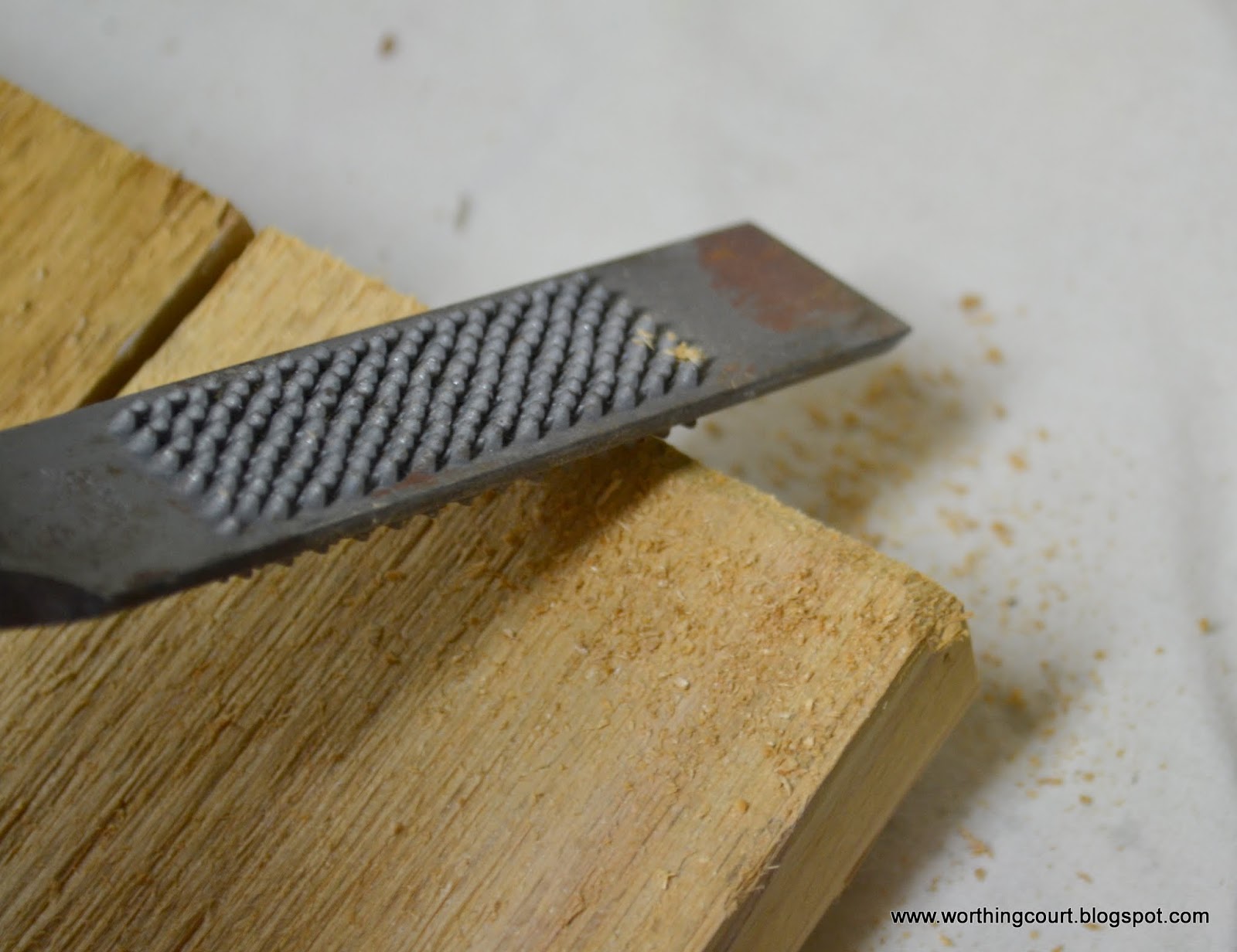
Scratches, teșirile, hits, holes are very well emphasized at a later stage by baths and patinas. These operations are done with a wide variety of tools, many of them improvised and as blunt as possible. They use screws, bags with nuts or bolts, chains, hammers, even stones. Basically anything we think will leave the mark we want can be used.
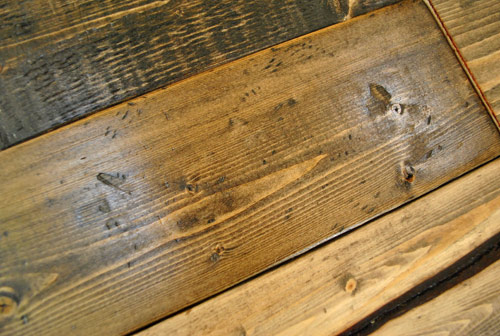
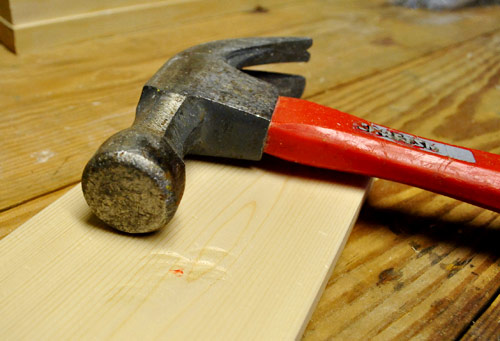
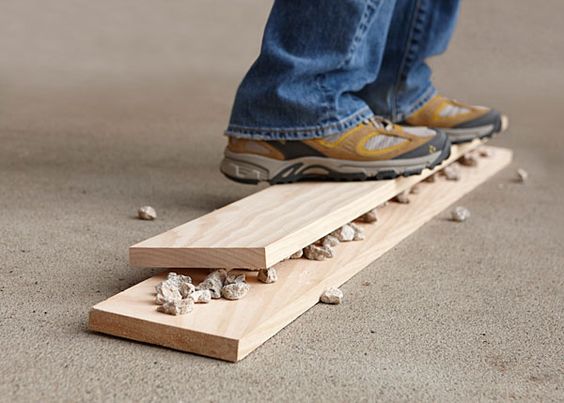
photo source: lovescreativeideas.com
The cari are made with a makeshift tool, a wooden skewer and a few nails hammered together at one end. If we analyze an old piece of furniture attacked by decay, we will observe that the arrangement of the holes is not uniform over the whole surface of the furniture, but that several are grouped from place to place. The same effect is obtained with the tool described above.
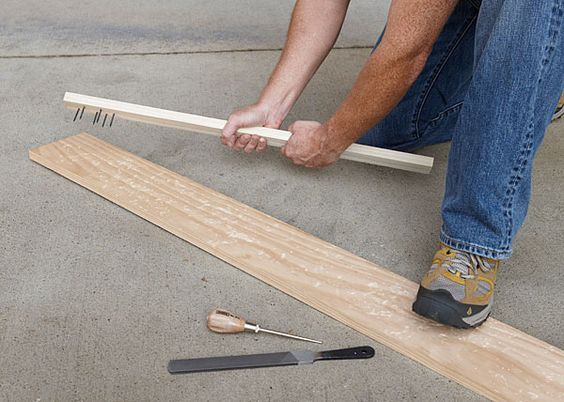
photo source: lowescreativeideas.com
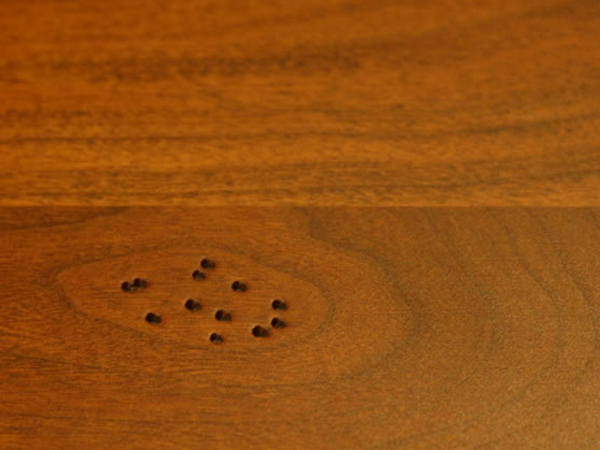
photo source: instylerental.com
Structuring - bringing out late wood - is done with wire brushes, by hand or mechanicalfollowed by finer sanding. In factories, this is sometimes done with guns that spray sand. For this reason it is called sandblast. Fine sand eat from the earlier, softer wood, making the later wood stand out.
Tocirea table or bench tops, even furniture, suggesting intense and prolonged use, is done with chisels, toothpicks or rhindea. The planks are planed more in some areas, the final look is like that of very old and well used wooden kitchen bottoms. Subsequent refinishing will nicely highlight the unevenness.
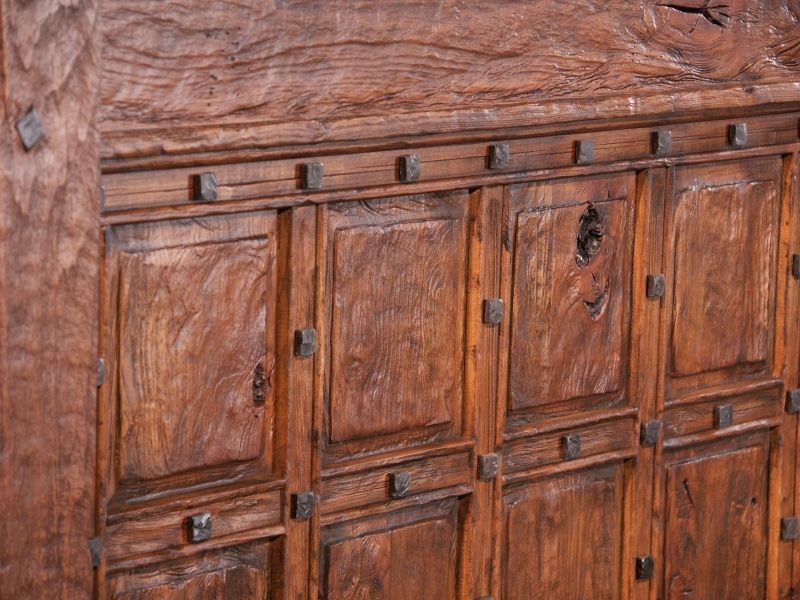
Wood with a very specific antique look is also obtained by shallow wood burning with a lamp or burner, followed by brushing and sanding. It's a great way to bring out the natural grain and pattern of the wood.
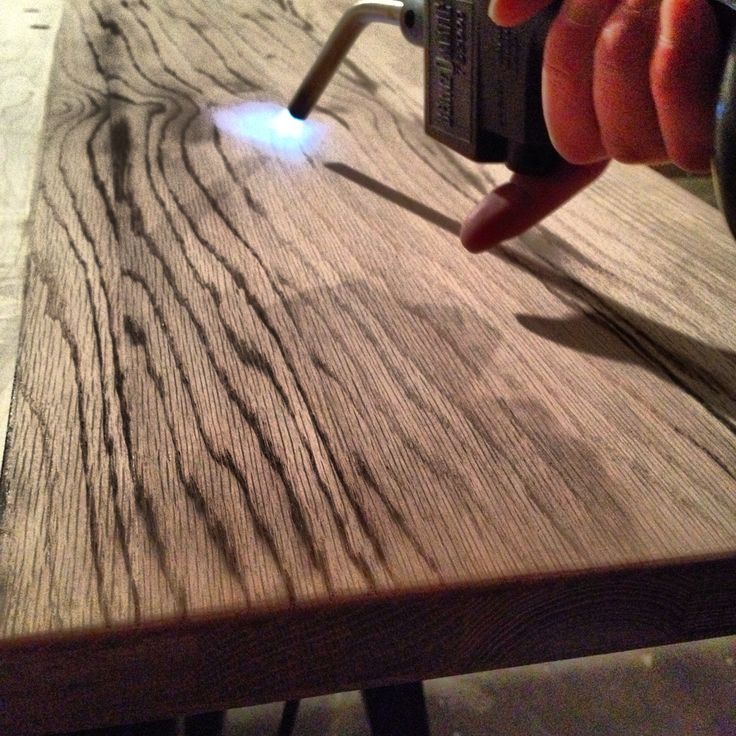
photo source: s-media-cache-ak0.pinimg.com
Those would be about the ways of white antiquing wood. If I have forgotten any, please let me know. Or if you have your own personal methods of antiquing wood, it would be interesting to discuss them together. In the meantime please watch the video below. It shows some of the methods described above.






























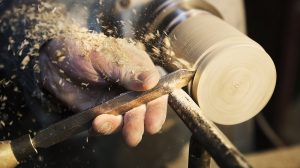




For the aged appearance of oak wood, a solution of iron wire macerated in vinegar, which reacts with tannin, can be applied. The result is different in softwood species and very pronounced in oak and beech.
Thanks for the information. I've seen the method on the net too but I admit I've never tried it. You have made me very curious. This weekend I will definitely try it.
[...] my wood related is its artificial ageing with the help of finishing materials and techniques for preparing wood white. But I think this is no longer a surprise to anyone. Wood ages the most [...]